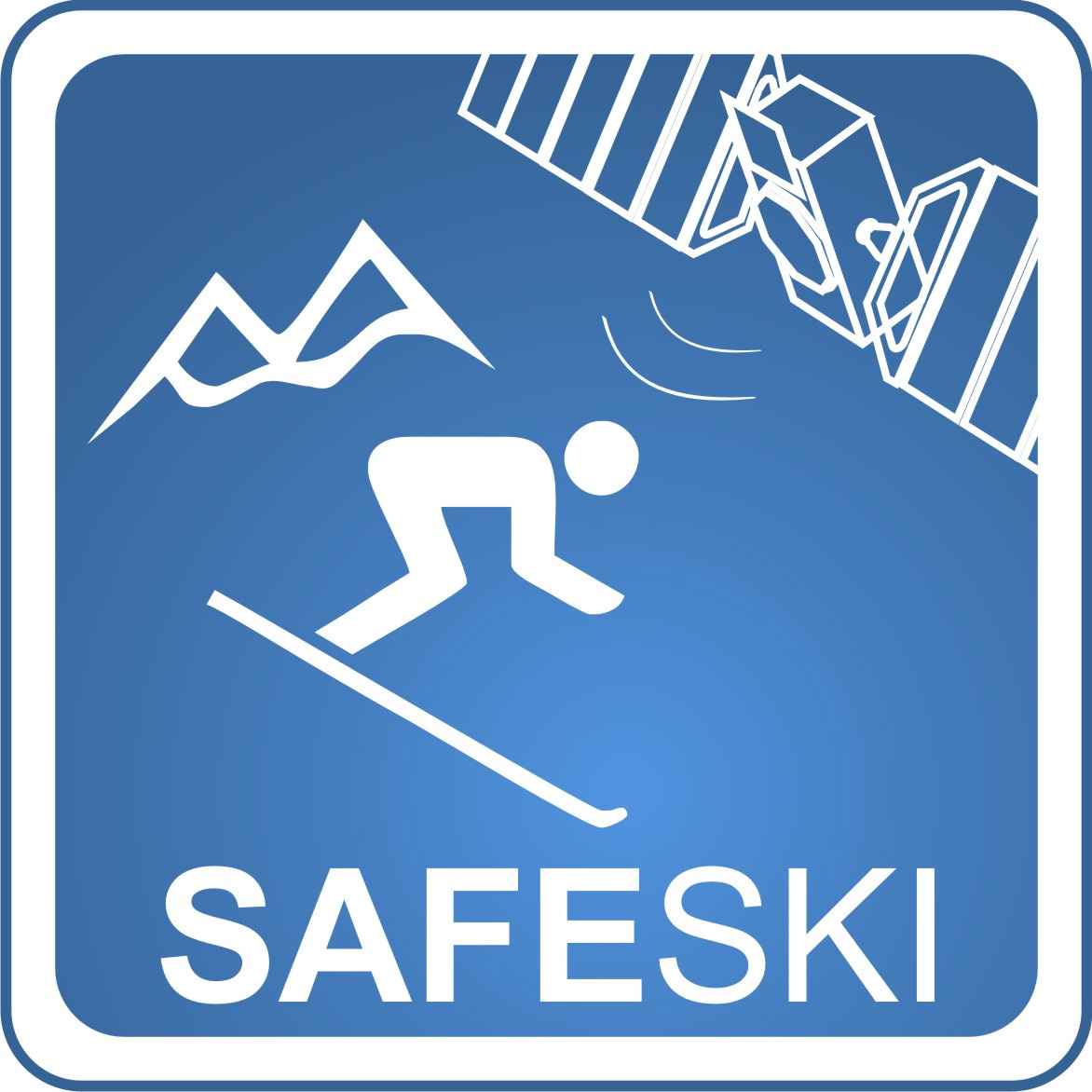
Objectives of the service
The objective of SafeSki is to investigate and assess the technical feasibility and commercial viability of sustainable services to support the management of ski resorts (e.g., development, operation, maintenance), to support the safety and enjoyment of their visitors, to reduce the operational cost, and to prepare the follow-on steps for the implementation of such services. The services satisfy the needs and constraints of the relevant stakeholders and users, and thus lead to viable and sustainable services. The focus of consortium efforts is on the major ski resorts on the central European market.
The services combine existing terrestrial solutions with innovative space technologies such as navigation, earth observation, and telecommunications. In parallel to the investigations and assessments of the technical feasibility, sustainable business models are examined.
Another task of the project is to prepare a roadmap for the implementation of the services.
Users and their needs
The potential user community for the proposed service are ski resort operators and ski resort marketing organizations. The following main users and stakeholders are actively involved in the project:
- Ski amadé – Ski resort association in Austria
- Schladming-Dachstein Tourismusmarketing GmbH – Tourist marketing organization in Austria
- Planai-Hochwurzen-Bahnen Gesellschaft m.b.H. – Mountain railways and lift operator; ski resort infrastructure operator in Austria
- Gasteiner Bergbahnen AG – ski resort and infrastructure operator in Austria
- Zermatt Bergbahnen AG – Ski resort and infrastructure operator in Switzerland
- Televerbier SA – Ski resort association in Switzerland
- Services Techniques Alpins SA – alpine service provider in Switzland
- Alpine Police Liezen
Countries of the targeted users:
Austria, Germany, Switzerland
Service/ system concept
The service concept is based on the elaborated user needs. In particular, the feasibility of the following services is analysed:
- CHIS – Consumer Habits Identification Service
This service collects anonymized data about ski resort visitors and provides them in a valuable format to the ski resort member organisations (e.g. marketing, operations). It answers the basic question “How do the visitors spend their time?”. The answer is fundamental in order to expand and optimize the operator’s services, increase the number of visitors and provide the greatest enjoyment. - DSS – Documentation Support Service
This service supports an easier and loss-free documentation of activities (e.g. incidents, accidents, blasting operations). With predefined templates the operator acquires and documents the necessary information/data on-site easier and faster. The service automatically generates the necessary reports and allows to edit and to keep track of the documentation.
Space Added Value
- Satellite navigation: each proposed service is based on satellite positioning data to attach accurate location information to the gathered data.
- Earth observation: satellite images are used to provide actual information about the environmental conditions and additional information to the ski resort.
Current Status
The core functionalities of the services have been demonstrated throughout the execution of the proof of concept activities as well as showing the results and mock-ups to users and stakeholders in Austria and Switzerland. The proof of concept activity has successfully validated the critical elements of the systems and has shown the added values of GNSS and earth observation in terms of providing enhanced as well as additional information to the users and stakeholders. The user feedbacks on the proof of concept activities have been assessed and considerations, by means of taking into account the remarks of the interviews, for bringing the services to an operational stage are currently made. The viability analysis, defining the economic and non-economic aspects, showed that both services have a great potential. Drivers and barriers do exist, but no “knock-out” criterion can be derived.
The project team is currently preparing the roadmap for a demonstration project and service implementation. Therefore, the project team is engaging with additional partners to set-up a consortium for the follow-on demonstration project.





